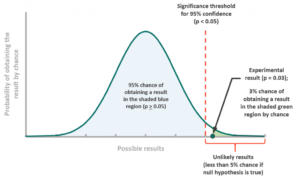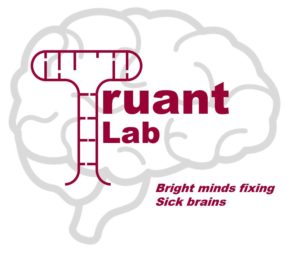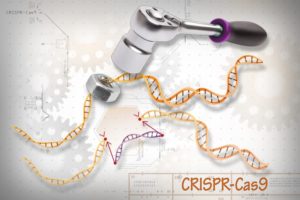
Spotlight: The Neuro-D lab Leiden
Principal Investigator: Dr. Willeke van Roon-Mom Location: Leiden University Medical Centre, Leiden, The Netherlands Year Founded: 1995 What disease areas do you research? SCA1 SCA3 Huntington’s Disease Dutch – Cerebral Amyloid Angiopathy Alzheimer Disease What models and techniques do you use? Mouse Models hiPSC-derived stem cells models Post-mortem patient tissue Read More…

















